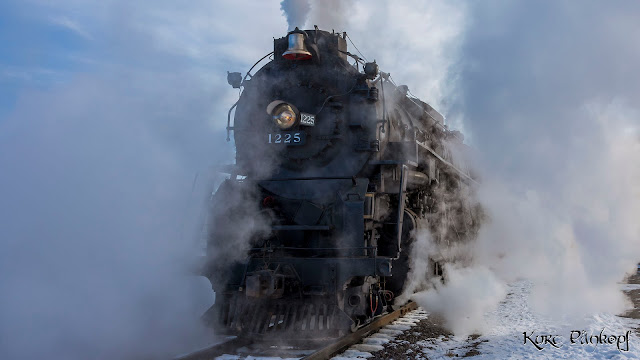One of the problems of learning history through watching WWII movies is you learn the 'cool' stuff, but can miss the 'really cool' stuff. One of the Reno Air Race's performers is the Commemorative Air Force. The CAF is an outfit in California that is a group of restored aircraft that tour the country. Thankfully.
One of the aircraft that made its way out to Reno was the Grumman F8F Bearcat. And because I don't know as much about WWII aircraft as I think I do, this is an interesting episode in my life.
In 2018 when I first saw the CA putting on its show, one of the aircraft really caught my attention. During the show, there were three fighter type aircraft. The Mitsubishi A6M3 Zero, the Grumman F6F Hellcat and the Grumman F8F Bearcat. The Zero and Hellcat take off first. Nice standard climb pattern. Then the Bearcat. The climb rate is incredible for a prop driven aircraft. And I say to myself as I often do when I see incredible air power, like bringing a gun to a knife fight.
I need to know more about this. As I have read, the Bearcat took the best of the Hellcat, and then added some steroids.
Both the Hellcat and Bearcat were designed around the Pratt and Whitney R-2800. The PW R-2800 was the most powerful engine at the time, generating a rated 2,000 HP.
The increased performance would have to come from design changes. The net on this was compared to the Hellcat after the changes, the Bearcat was 20% lighter, had a 30% better rate of climb and was 50 mph (80 km/h) faster. Blade versus the bullet.
In the world of ratings, for watching a prop driven aircraft climb, nothing is sweeter than the Bearcat showing off. Number #1 in my book.
Grumman F8F Bearcat Engine Start
NIKON D500 Ver.1.15/70.0-300.0 mm f/4.5-5.6
202 mm, 1/100 sec, f/29, ISO 125
EV 0, Manual Mode, Size DX
At some point during my stay at Reno, for the prop planes I used a CPL to slow down the shutter speeds. I usually don't like shooting above F/11. F/20+ is not where I'd like to be. F/14 is much better.
Grumman F8F Bearcat Taxi
NIKON D500 Ver.1.15/70.0-300.0 mm f/4.5-5.6
600 mm, 1/100 sec, f/14, ISO 250
EV 0, Manual Mode, Size DX
This was heavily cropped. Could be better. But good enough.
Grumman F8F Bearcat Inverted
NIKON D500 Ver.1.15/70.0-300.0 mm f/4.5-5.6
450 mm, 1/400 sec, f/14, ISO 560
EV 0, Manual Mode, Size DX
And because I'm new to the racing crowd, I missed seeing the Rare Bear fly. Rumors as to why the aircraft no longer flies, or if it will ever fly again run rampant.
Rare Bear is a re-built, modified Bearcat. It is powered by a Wright R-3350. The re-build was completed in 1969. It started racing in Reno in the unlimited class that same year under the name Able Cat. From 1976 to 1980, the aircraft did not race due to restoration following a belly landing. The the aircraft, now called Rare Bear from 1980 to present day has won eleven championships in the Unlimited Class.
I have come close to the greatness of Rare Bear, but didn't know it. Just snapped another picture of another airplane in the pits. But I have spent time with many of the veterans of the races and now know more of the lore. The aircraft was at Reno in 2018, but did not fly. May rumors as to that situation. In 2019, it was not there. In 2020, maybe I'll get another chance.
Rare Bear on display in 2018.
Rare Bear on Display in 2018
NIKON D90/18.0-200.0 mm f/3.5-5.6
20 mm, 1/1000 sec, f/7.1, ISO 200
EV -0.67, Aperture Priority, Size DX
Although winning speeds can vary a lot year to year due to the environment, Rare Bear can complete the laps at better than 480 MPH. That's a big league speed.
Rare Bear has set many performance records for piston-driven aircraft, including the 3 km World Speed Record of 528.33 mph (850.26 km/h) set August 21, 1989, which still stands in this class, and a new time-to-climb record (3,000 meters in 91.9 seconds set in 1972 (9842.4 ft - 6,426 fpm), breaking a 1946 record set in a stock Bearcat).
Racing Royalty.




















